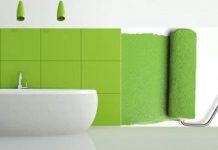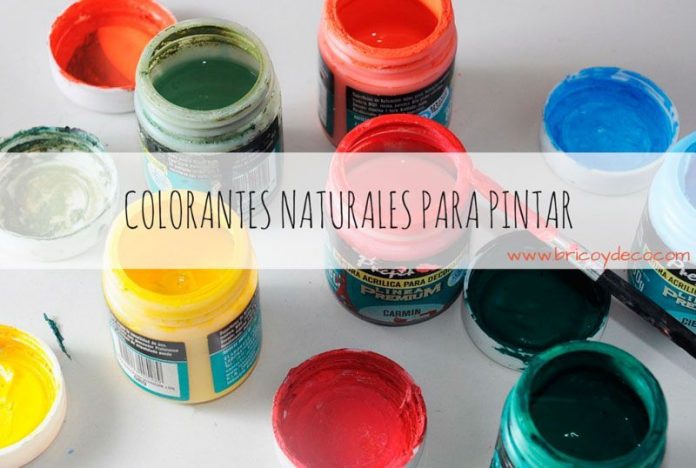

If you have encouraged yourself to make your own ecological homemade paints and want to give them color, do not miss this guide to learn how to get natural colorants for painting walls, furniture, objects and even dye wood or fabric in an environmentally friendly way.
Natural colorants can have a biological origin (vegetables, fruits, spices), or mineral. These colorants are fixed when added to the paint and can be used to paint and stain wood and fabrics, color homemade soaps, paper, canvas, etc. In some cases, such as with fabrics, it is not possible to completely change the color but a tone that lasts after washing.
How to obtain natural dyes to paint of biological origin?
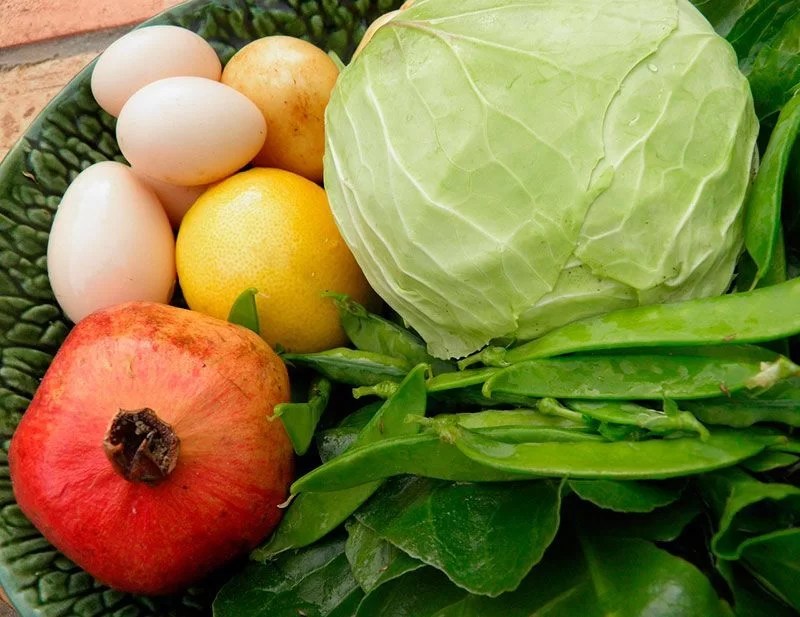
First of all, it must be taken into account that this type of colorant cannot be kept for a long time. This is because they oxidize and change their color if they are not used immediately. In addition, they degrade quickly and mold can form, although it is possible to add some additive to preserve them.
For this reason only they have to be obtained when we are going to use themusing one of these methods:
- Blend the vegetable or fruit to extract the juice and boil it to evaporate the excess water.
- Cut the fruit or vegetable into pieces and soak in a glass jar with water, alcohol or oil. After a few days, the water-based, tincture (alcohol) or oil-based color will have loosened.
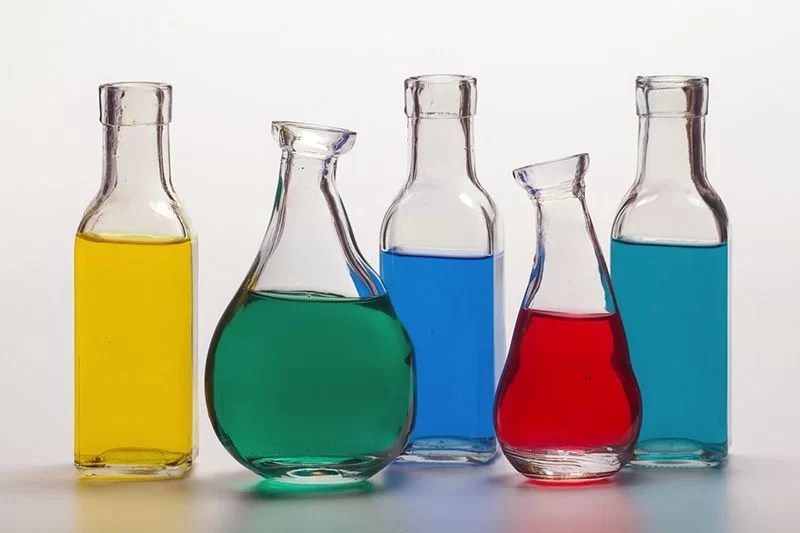
Regardless of the method used, we will be able to give consistency to the dye obtained if we add a little corn flour. It can also be mixed with white glue to give it a satin sheen.
On the other hand, in the case of spices, it will only be necessary to grind them until a very fine powder remains and mix with a little water.
What colors of biological origin can be obtained?
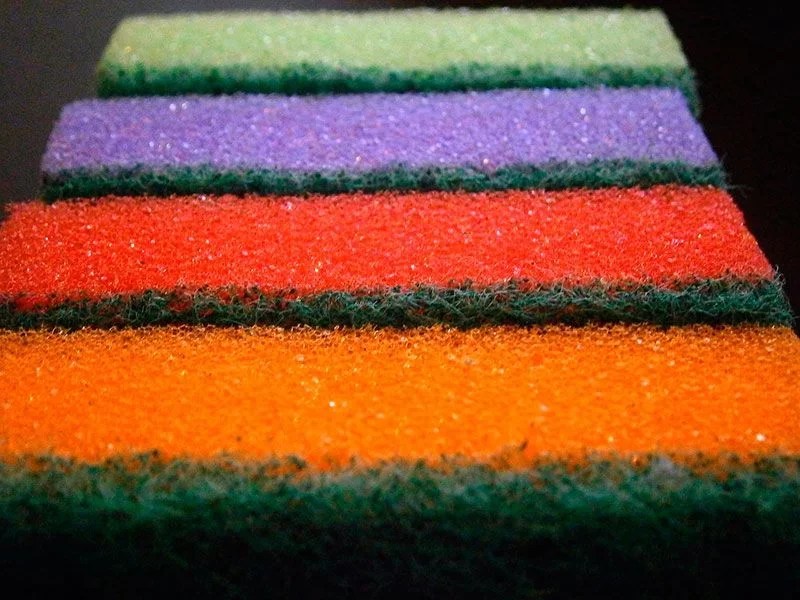
With vegetables, fruits and spices you can get the following dyes:
- Green from chard, spinach, green pepper, kale, parsley or mint.
- Purple with beets, red cabbage and blackberries. To get a tint fuchsia Add a few drops of lemon to the juice obtained. With a pinch of baking soda you will get a deep blue.
- Red with cherries, raspberries, strawberries, red pepper, tomato and paprika.
- Deep blue with blueberries.
- Yellow from spices such as saffron, turmeric, mustard or curry.
- Orange from carrots and orange peel.
- Browns and dark tones with black tea, coffee and cocoa.
How to obtain natural colorants to paint from minerals?
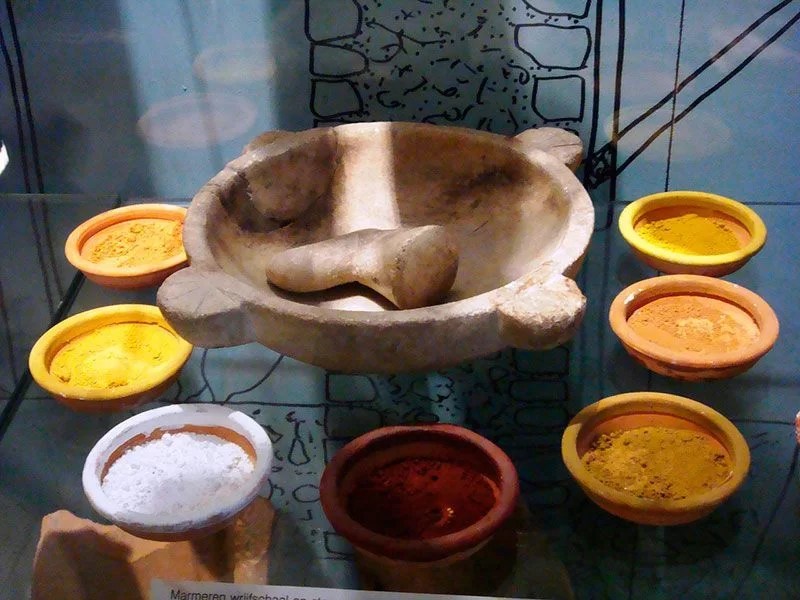
The earth colors and minerals They contain natural pigments that, once agglutinated, are used in paint to obtain different colors:
- Yellow with cadmium and zinc
- Red with iron oxide.
- Orange with cadmium sulfoselenide and barium.
- Black with charcoal.
- Blue with ferric or manganese ferrocyanide.
- Green with copper and with cobalt and zinc oxide.
- White with zinc or titanium.
- Toasted with clay.
These dyes and mineral pigments can be purchased in powder form in specialized stores and used to prepare paints for walls, wood, etc., although it must be taken into account that once the paint is applied, it must be fixed with some type of natural varnish.
How to preserve natural dyes
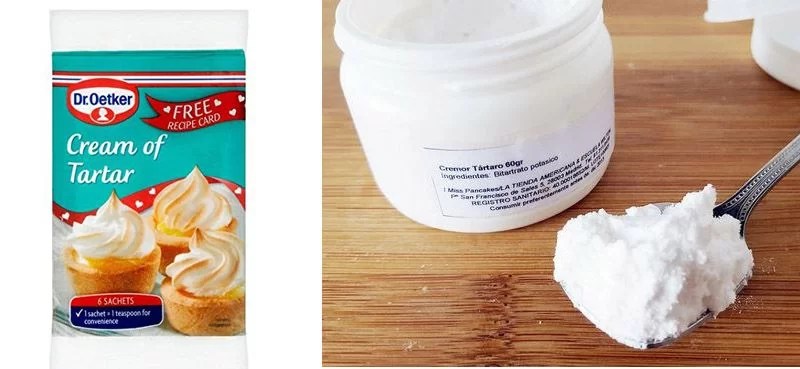
If you have leftover dye of biological origin and you want to keep it, you can add a small spoonful of cream of tartar or potassium bitartrate.
In the food industry it is identified as the additive E-334 and can be found as part of the ingredients of:
- chemical yeast
- Wine acidity corrector
- Carbonated drinks
- Canned vegetables
- dehydrated soups
- Sauces….
You can buy the cream of tartar in stores specializing in confectionery products, in some supermarkets and online from this link. Its expiration is one year and should be used in small quantities.
Summarizing…
Nature offers us a great variety of natural dyes that we can use when we make homemade paints such as blackboard paint or chalk paint, or to dye textiles, wood, soaps, etc.
These dyes can be organic (plant world) or inorganic (minerals). In case of obtaining them from food, it must be taken into account that they must be used immediately because they can be degraded. To prevent spoilage you can add cream of tartar.
In addition to using different methods for color extraction, all these dyes can be purchased ready to mix with the paint in specialized stores (drug stores).
Finally, I would like to emphasize that the colors obtained may not have the strength or variety of shades of industrial dyes, but in return we will have the satisfaction of having obtained a natural and environmentally friendly dye.
have you ever used natural dyes for painting? If not, I encourage you to try it because in this way you can color your ecological paints and dye textiles, wood, etc. naturally.
If you liked this post you can see many more guides, tutorials and DIY projects at


